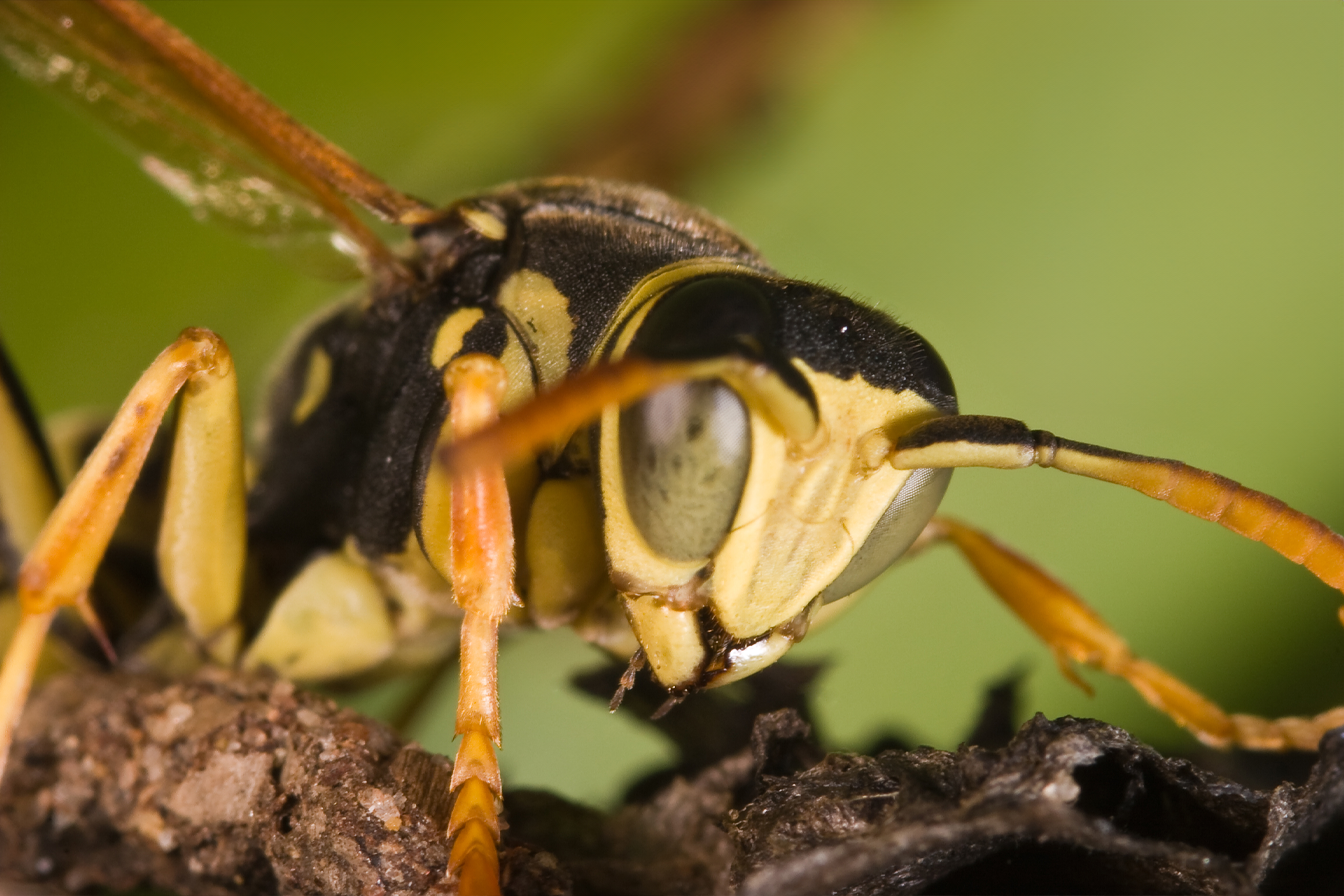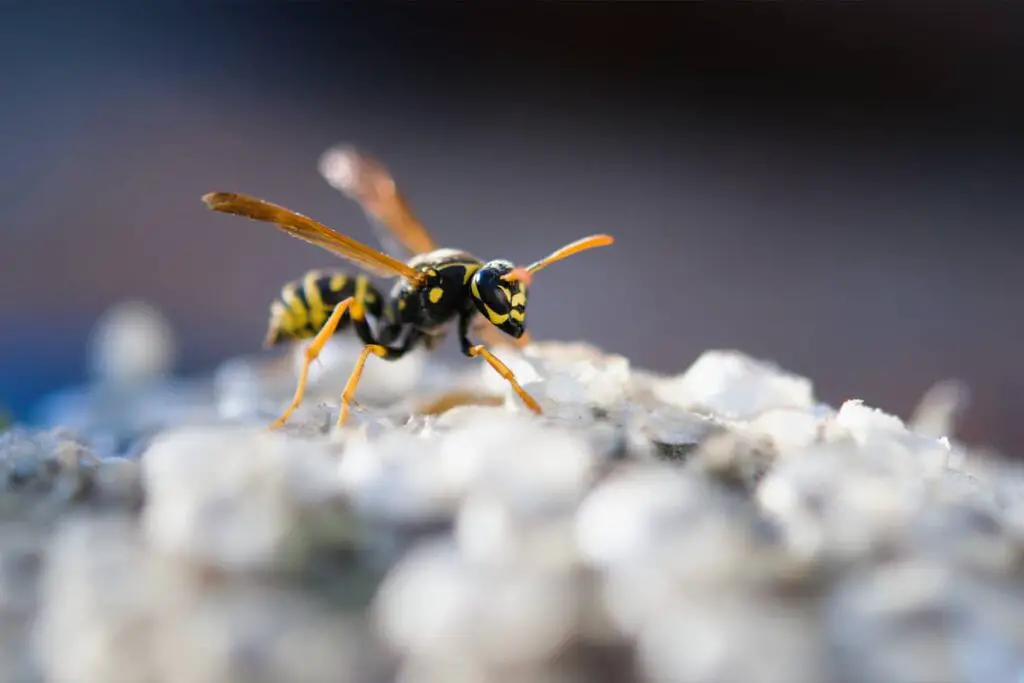
Understanding the behavior of wasps, particularly their anger response, is crucial especially if you’re dealing with these insects near your home or in places you frequent. Wasps, like many other creatures, can get aggressive when they perceive threats to their safety or their nests. If you’ve ever found yourself in the vicinity of a wasp, you may have wondered just how long these insects can remain angry and what triggers such a response.
In situations where wasps feel threatened, such as when their nest is disturbed or if they’re swatted at, they can become angry and may decide to sting. Unlike bees, wasps do not die after stinging, which means they can sting multiple times, increasing the potential for a painful encounter. Learning to recognize the signs of an angry wasp and knowing how to react can minimize your chances of getting stung.
Wasps’ temperament can vary, and the length of their anger can be influenced by multiple factors, including the type of wasp and the nature of the perceived threat. Your actions in the presence of wasps can greatly affect their behavior, so staying calm and moving away slowly is advised. However, if you’re curious about just how long a wasp can stay angry, the answer is not straightforward and can depend on the specific circumstances.
Understanding Wasp Behavior
When you’re in the vicinity of wasps, being aware of their behavioral cues is vital for your safety. This insight helps you understand when and why wasps might display aggression, along with how long these episodes can last.
Wasp Aggression Triggers
Wasps can become aggressive primarily when they perceive a threat to their nest or themselves. Rapid wing flapping, bending antennae, and an elevated body stance are clear indicators that a wasp feels endangered and is poised to defend. According to experts on wasp behavior, these signs are a wasp’s way of signaling you to back off to avoid a potential sting.
Wasp Attack Duration
Should you disturb a wasp, the length of its anger is somewhat variable. If a wasp feels that its nest is in jeopardy, its aggressive stance, which might include circling and even stinging, could last until the perceived threat disappears. Insight from The Pest Management suggests that while a wasp’s antagonistic behavior may be short-lived, its ability to sting multiple times means its defensive actions can continue for as long as it feels threatened.
Factors Influencing Wasp Anger Duration
Understanding wasp behavior is important to manage encounters with these insects effectively. The duration of their aggression can vary based on several factors, including species peculiarities and the proximity of their nests to human activity.
Species Variations
Different species of wasps may exhibit variations in aggressive behavior when disturbed. Yellowjackets, for instance, are known for their persistence and can remain agitated for longer periods. On the other hand, paper wasps are less aggressive and typically calm down more swiftly. Knowing the type of wasp can help you anticipate its reaction. For example, some wasps may attack repeatedly if they feel their nest is under continuous threat.
Nest Location Impact
The location of a wasp’s nest significantly influences its defensive behavior. Nests built in high traffic areas are more likely to provoke wasp aggression due to the increased potential for disturbances. If your presence is perceived as a continuous threat, this could elongate the period wasps remain agitated. Contrastingly, nests in undisturbed areas might lead to quicker de-escalation of wasp aggression post-disturbance.
Mitigating Wasp Aggression
Managing wasp aggression effectively involves both preventive strategies and appropriate responses if they become agitated. Your safety is paramount, and understanding how to reduce the likelihood of being stung can help maintain a peaceful coexistence with these insects.
Preventive Measures
- Identify Risk Areas: Regularly inspect your property for wasp nests, particularly during their peak season. Early detection can prevent larger, more aggressive colonies from forming.
- Secure Food Sources: Keep outdoor eating areas clean, and ensure garbage bins have tightly fitting lids to avoid attracting wasps.
Immediate Response Tactics
- Remain Calm: If you encounter an angry wasp, avoid rapid movements. Panicking or swatting at the wasp may provoke it to sting.
- Retreat Slowly: Move away from the wasp with deliberate, slow motions. Quick escapes can escalate the situation, so it’s crucial to distance yourself calmly.
Frequently Asked Questions
When dealing with wasps, it’s important to understand their behavior patterns to avoid aggressive encounters. Here are some detailed insights on common concerns about wasp aggression.
What triggers wasps to become aggressive?
Wasps may become aggressive when they perceive a threat to themselves or their nest. Sudden movements or attacks on a nest can provoke them to defend using their stingers.
After disturbing a wasp nest, how long will the wasps remain agitated?
Typically, wasps will stay agitated for as long as the perceived threat is present. If a nest is disturbed, wasps can remain aggressive for a short period while they reassess the danger level.
How can you safely dissipate wasp pheromones in your home?
To dissipate wasp pheromones, ensure proper ventilation in the area where wasps were present. Clean surfaces where wasps were killed or agitated as they may have released pheromones that can attract more wasps.
During what time of day are wasps less likely to exhibit aggression?
Wasps are generally less active and aggressive during cooler times of the day, such as early morning or late evening. Their activity peaks when temperatures are warmer.
Can wasps remember previous interactions with humans, and if so, for how long?
There is a lack of conclusive evidence on whether wasps have a memory of specific human interactions; however, they may react to repeated disturbances in an area.
What are effective methods to appease a wasp that appears to be aggressive?
To appease an aggressive wasp, remain calm, and avoid sudden movements. Slowly move away from the wasp’s territory, and give it space to calm down and lose interest.
Driven by a passion for those tiny creatures that rule our world, we at Bug Domain strive to be your go-to resource for information on insects.




